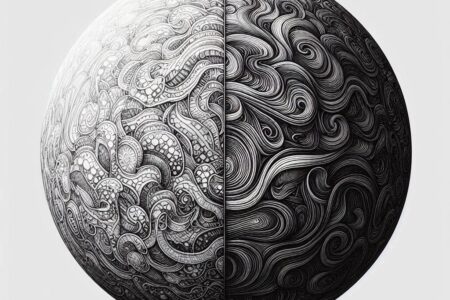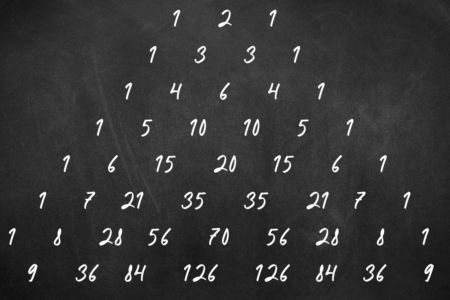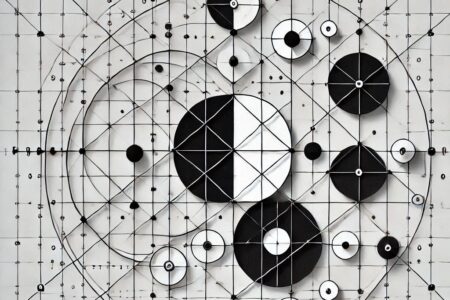The History of the Indian Decimal System The Indian decimal system is one of the most significant advancements in mathematics, fundamentally changing how numbers are represented and calculated. Originating in ancient India, this numeral system laid the groundwork for modern mathematics and has influenced various scientific fields. In this blog post, we will explore the …









